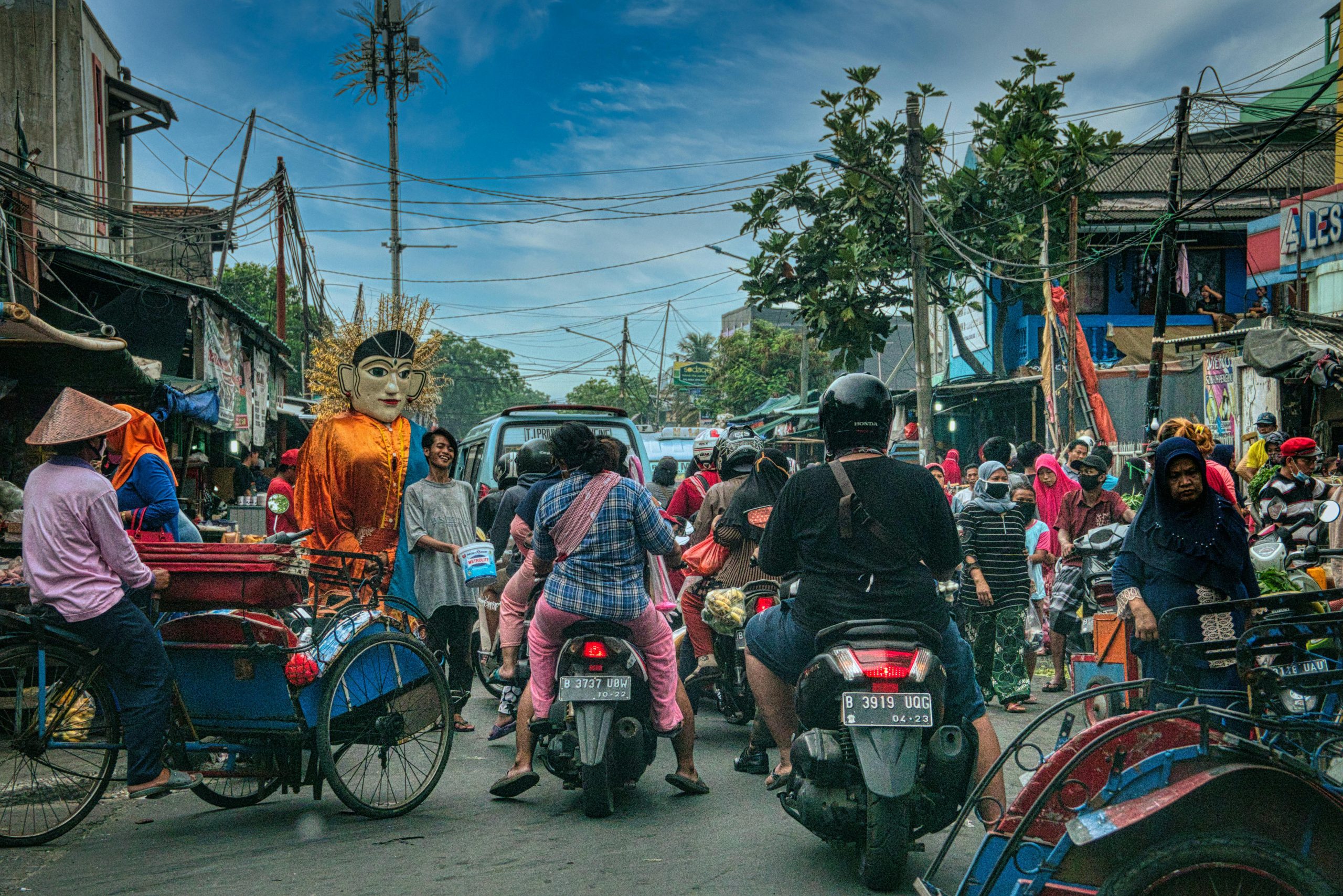Navigating public transport in major Asian cities can be daunting for first-time visitors, but mastering it is the key to unlocking an authentic and budget-friendly travel experience. From Tokyo’s punctual trains to Bangkok’s bustling metro, each city has its own rhythm. By learning a few insider tips, you can blend in like a local, save time, and avoid common tourist pitfalls.
Understanding the Basics: Public Transport Systems in Asia
Asia boasts some of the most efficient and affordable public transport systems in the world. However, each city operates differently, so knowing the basics is essential.
Types of Public Transport
- Metro/Subway: Found in cities like Tokyo, Seoul, and Singapore, these systems are fast, reliable, and often the quickest way to get around.
- Buses: Common in cities like Bangkok and Manila, buses are cheaper but can be slower due to traffic.
- Trams and Light Rail: Cities like Hong Kong and Kuala Lumpur use these for shorter distances.
- Tuk-tuks and Rickshaws: Popular in places like Delhi and Bangkok, these are great for short trips but negotiate fares beforehand.
Payment Methods
Most Asian cities use smart cards for seamless travel. For example:
- Tokyo: Suica or Pasmo cards
- Seoul: T-money card
- Hong Kong: Octopus card
- Singapore: EZ-Link card
These cards can be topped up at stations and often work for convenience stores and vending machines too.
Navigating Like a Pro: Tips for Efficiency
To avoid getting lost or wasting time, follow these strategies used by locals.
Use Transit Apps
Apps like Google Maps, Citymapper, or local alternatives (e.g., Naver Map in Korea) provide real-time schedules, routes, and even fare estimates. Download offline maps if you won’t have data.
Avoid Rush Hour
Major Asian cities are notorious for crowded trains during peak hours (7-9 AM and 5-7 PM). If possible, travel outside these times for a more comfortable ride.
Learn Key Phrases
While signs are often in English, knowing basic phrases like “How much?” or “Which station for…?” in the local language can be incredibly helpful.
Cultural Etiquette: Blending In with Locals
Respecting local customs ensures a smoother journey and avoids awkward moments.
Queue Properly
In cities like Tokyo and Singapore, orderly lines are the norm. Wait your turn when boarding trains or buses.
Mind Your Space
Avoid loud conversations, phone calls, or eating on trains in Japan and South Korea. In contrast, Bangkok’s transport is more relaxed, but still keep noise levels moderate.
Priority Seating
Reserve seats for elderly, pregnant, or disabled passengers. In many Asian cultures, giving up your seat is a sign of respect.
Budget-Friendly Hacks for Savvy Travelers
Public transport is already affordable, but these tips can save you even more.
Day Passes and Tourist Cards
Many cities offer unlimited travel passes, such as:
- Tokyo: Tokyo Subway Ticket (24/48/72-hour options)
- Seoul: Discover Seoul Pass (includes attractions)
- Hong Kong: Tourist Day Pass for MTR
Late-Night Options
Metros often close by midnight. For late-night travel, research night buses or ride-hailing apps like Grab (Southeast Asia) or Didi (China).
Walk Short Distances
Many Asian cities are walkable, and stations are often closer than they appear on maps. Save money by exploring on foot when possible.
Conclusion
Mastering public transport in major Asian cities isn’t just about saving money—it’s about immersing yourself in local life. By understanding the systems, navigating efficiently, respecting etiquette, and using budget hacks, you’ll travel with confidence and ease. Whether you’re zipping through Tokyo’s subway or hopping on a Bangkok tuk-tuk, these insider tips will help you move like a true local.
